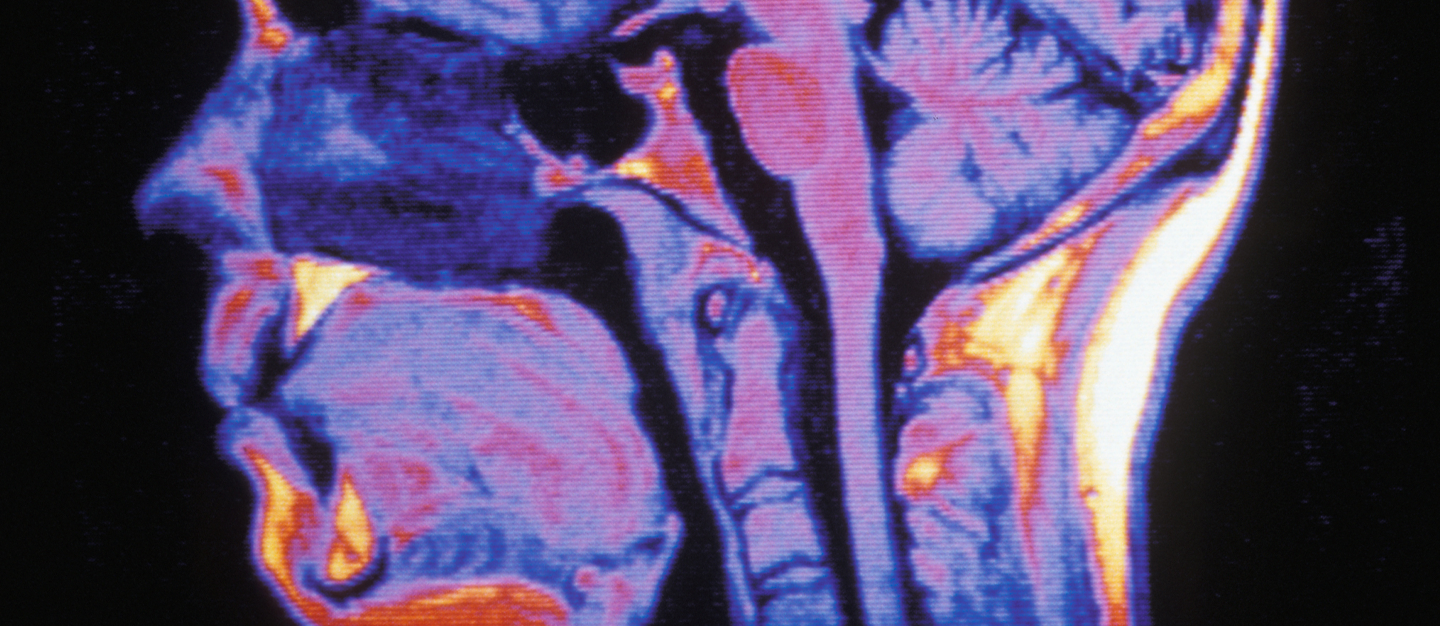Krabbe disease is a rare hereditary disease that affects the white matter of the central (brain and spinal cord) and peripheral (nerves of the lower and upper limbs) nervous systems.
A very rare genetic disease
(about 1 per 100,000 births) Like all genetic diseases, you cannot “catch” Krabbe disease in the same way that you contract an infectious disease, such as the flu. A child is born with a genetic mutation, the equivalent of a computer bug in the genetic make-up of the cells. The cells then produce abnormal proteins, unable to catalyse the chemical reactions essential for the cell’s functioning. Krabbe disease is caused by mutations in the GALC gene (14q31) encoding the lysosomal enzyme galactocerebrosidase which splits the galactose residue of galactocerebroside and galactosylsphingosine, two complex lipids found in myelin. Much more rarely, the disease is caused by a mutation in the prosaposin PSAP gene (10q21-q22) encoding saposin-A, a protein required for GALC activity. These mutations lead to an accumulation of galactosylsphingosine, leading to apoptosis of oligodendrocytes (death of cells that produce myelin), followed by demyelination of the central and peripheral nervous systems. This biological abnormality results in the presence of cells (macrophages) with a characteristic globoid appearance in the white matter (myelin-rich region of the brain). The clinical consequences are variable. They are very severe in children but are milder when the disease occurs later on. The disease is transmitted in an autosomal recessive way, i.e. the gene involved is carried on a non-sex chromosome (neither X nor Y) and both copies of the gene must be mutated (one from the father and one from the mother) for the trait to express itself. The European Union defines a rare disease as a disease whose prevalence (i.e. the number of living patients with the disease) is less than 1/2000. Krabbe disease, which has a worldwide impact at birth of between 1/100,000 and 1/250,000 births, is fortunately extremely rare. Prevalence is much lower, with the majority of patients dying before they reach 1 year old.
